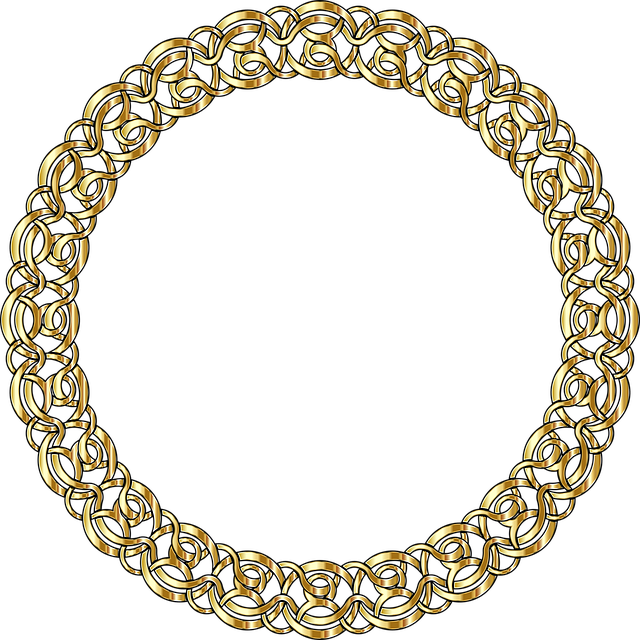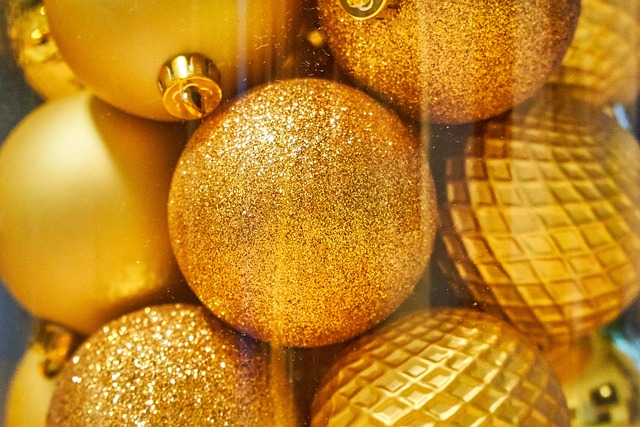To incorporate precious metals into a retirement portfolio via a Self-Directed IRA (SDIRA), investors must first choose a specialized custodian who complies with IRS regulations and select a secure depository for physical assets. The process involves working with reputable dealers to acquire IRS-approved gold, silver, platinum, and palladium, which meet the IRS's fineness and category requirements. This investment strategy can potentially protect against inflation and market volatility, contributing to long-term financial security. Investors must follow a systematic process when allocating traditional IRA funds to gold, starting with selecting a custodian experienced with precious metals, establishing a new SDIRA account, and sourcing IRS-compliant products from approved dealers. The chosen metals must adhere to the IRS's purity standards, and storage solutions must be secure. Transitioning to a precious metals SDIRA requires careful selection of both a trustee and custodian with expertise in these investments to ensure legal compliance and adherence to federal regulations. Investors should also consider the tax implications and seek professional advice to navigate the rules effectively, aligning their investment decisions with their overall financial strategy.
Exploring the transition of traditional IRAs into gold-backed investments, our article delves into the intricacies of self-directed IRAs tailored for precious metals. We guide you through the transformative process of reallocating your retirement savings to the timeless allure of gold, covering everything from selecting approved gold products to understanding the regulatory and tax implications. Join us as we navigate the steps to securing your financial future with a golden safeguard within your IRA framework.
- Understanding Self-Directed IRAs for Precious Metals
- Steps to Convert Traditional IRA to Gold Investments
- Selection of Approved Gold Products for IRA
- Choosing a Trustee and Custodian for Your Precious Metals IRA
- Regulatory Compliance and Tax Considerations When Investing in Gold through an I
Understanding Self-Directed IRAs for Precious Metals

Investing retirement funds in precious metals can be a strategic move for those seeking diversification and potential hedges against inflation and market volatility. A Self-Directed IRA (SDIRA) is a key vehicle that facilitates this type of investment. Unlike traditional IRAs, which are limited to stock, bond, or mutual fund investments, a self-directed IRA expands the scope of permissible assets to include physical gold, silver, platinum, and palladium, as well as certain precious metals ETFs and mutual funds.
The process of converting a traditional IRA to a self-directed IRA for precious metals involves several steps. Firstly, you must establish a custodian that specializes in self-directed IRAs and is approved by the Internal Revenue Service (IRS). This custodian will handle the transactions and ensure compliance with IRS regulations. Next, you’ll need to select a depository that meets IRS standards for securely storing your physical precious metals. It’s crucial to work with reputable dealers who can assist in acquiring IRS-approved precious metals. These must meet specific fineness requirements and fall under certain categories such as coins, bars, or rounds. By understanding the intricacies of self-directed IRAs for precious metals, investors can effectively integrate these tangible assets into their retirement portfolios, potentially enhancing their long-term financial security.
Steps to Convert Traditional IRA to Gold Investments

To convert a traditional IRA into gold investments, individuals must embark on a well-defined process. The first step involves selecting a reputable custodian that specializes in self-directed IRAs and allows for precious metals as part of their investment portfolio. This custodian will handle the administrative aspects of your IRA and ensure compliance with IRS regulations. Once a custodian is chosen, you must establish a new self-directed IRA account.
After setting up the new account, investors then need to identify a rare metals dealer that is approved by the Internal Revenue Service (IRS). This dealer will provide IRS-compliant gold, silver, platinum, and palladium products that can be held within an IRA. It’s imperative to ensure that the precious metals meet the purity standards set forth by the IRS for IRA investments. With the custodian and dealer in place, investors can then transfer or rollover funds from their traditional IRA into the new self-directed IRA account. The funds are transferred either directly from the existing IRA to the new self-directed IRA or through a 60-day rollover process. Upon the completion of the transfer and after the custodian has received the funds, the investor may proceed with the purchase of eligible precious metals, which the custodian will then acquire on behalf of the IRA. Throughout this process, careful attention must be paid to maintain the tax-advantaged status of the IRA.
Selection of Approved Gold Products for IRA

When considering the conversion of a traditional IRA to one that allows for investment in gold, it is imperative to focus on the selection of approved gold products. The Internal Revenue Service (IRS) mandates specific eligibility criteria for gold and other precious metals that can be held within a self-directed IRA. Investors must select products that meet the purity standards set forth by the IRS. Among the accepted forms are American Gold Eagles, American Buffalo Gold Coins, and certain gold bars or ingots that are at least 99.5% pure gold. These products must be acquired from reputable dealers who are authorized to sell them for IRA investments. It is also crucial to ensure that the custodian managing your self-directed IRA has experience with precious metals and is equipped to handle the secure storage of these assets. By adhering to these guidelines, investors can confidently diversify their retirement portfolio with gold products that are both compliant with IRS regulations and strategically aligned with their investment goals.
Choosing a Trustee and Custodian for Your Precious Metals IRA

When considering the conversion of a traditional IRA to a self-directed IRA that includes investments in precious metals, selecting a knowledgeable trustee and custodian is paramount. The trustee oversees the administration of the IRA and ensures compliance with federal regulations, while the custodian safeguards the assets within the account. Both roles are crucial in maintaining the integrity and legality of your investment portfolio. Trustees specializing in self-directed IRAs can provide valuable guidance on the rules and regulations that govern such accounts. They act as the intermediary between you, the IRS, and the custodian, facilitating the smooth operation of your IRA.
The custodian, on the other hand, is responsible for holding and safely managing the physical precious metals or the cash equivalent within the IRA. It is essential to choose a custodian with experience in precious metals; they should be well-versed in the specific requirements that these investments entail. These include adherence to the Internal Revenue Service (IRS) standards for acceptable precious metals, proper storage, and record-keeping practices. A reputable custodian will also provide regular statements and ensure that the assets are diversified in compliance with IRS rules. When selecting your trustee and custodian, due diligence is necessary to ensure that both parties have a solid track record and expertise in precious metals IRAs. This due diligence will help safeguard your investment and ensure that it remains within the legal framework of your retirement savings plan.
Regulatory Compliance and Tax Considerations When Investing in Gold through an I

When considering the investment of gold within an Individual Retirement Account (IRA), adherence to regulatory compliance and understanding of tax considerations are paramount. The Internal Revenue Service (IRS) stipulates that self-directed IRAs must comply with specific rules regarding what types of investments can be held within the account. To invest in gold, one must establish a self-directed IRA with a custodian that is approved for holding alternative assets like precious metals. These custodians are subject to stringent regulations and must ensure that all transactions adhere to the standards set forth by both the IRS and the Department of Labor.
The type of gold permitted varies; it can include coins, bars, and bullion that meet the purity requirements established by the IRS. Investors should be aware that while physical possession of gold within an IRA is not allowed, the gold must be stored in a depository approved for IRA assets or with a custodian that can handle such investments. From a tax perspective, gold held in an IRA follows the same tax rules as traditional IRAs: earnings are tax-deferred until distribution, and early withdrawals may be subject to taxes and penalties. Roth IRAs offer after-tax dollars that grow tax-free, providing a different set of considerations for investors looking at long-term growth potential without immediate tax consequences. It is crucial to work with financial advisors and tax professionals who can navigate these regulations and help structure investments in a manner consistent with IRS guidelines and your individual financial goals.
In conclusion, transitioning a traditional IRA to include gold as an investment vehicle involves a clear understanding of self-directed IRAs, a methodical approach to the conversion process, careful selection of compliant gold products, and the choice of reputable trustees and custodians. Adherence to regulatory guidelines and tax considerations is paramount throughout this venture. By following the outlined steps and employing due diligence, investors can successfully diversify their retirement portfolios with precious metals, potentially enhancing their asset protection and financial security.
